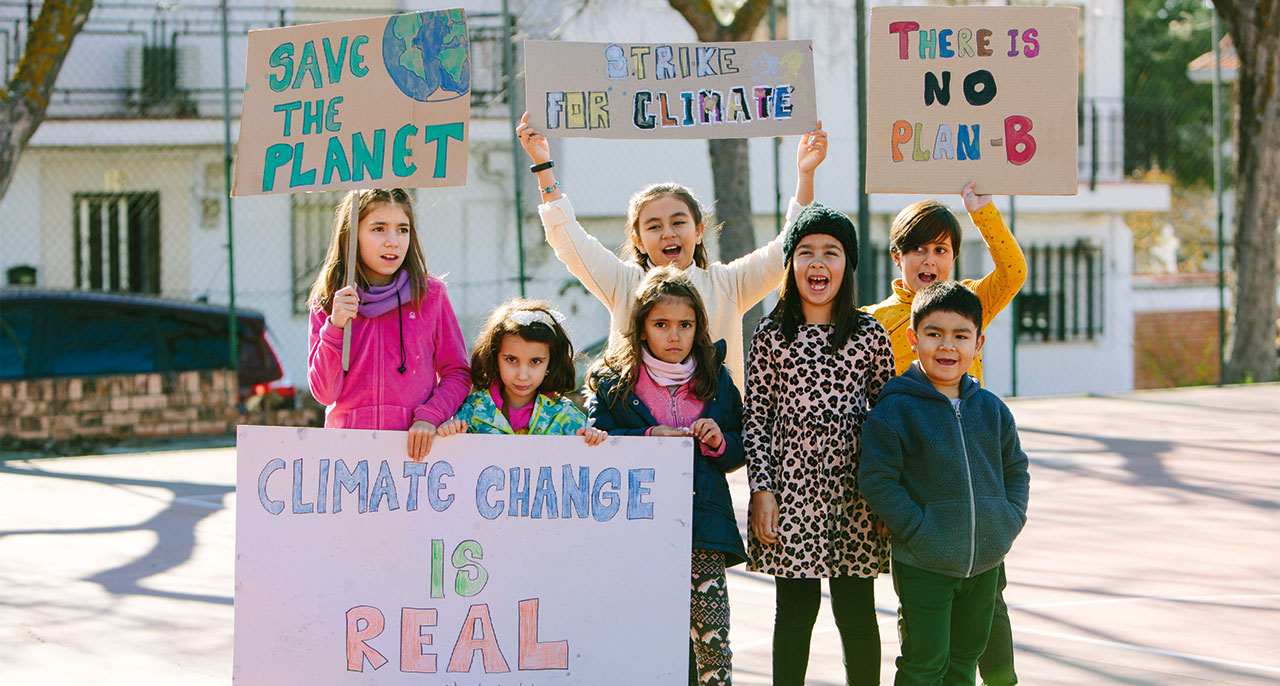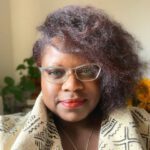Too many self-identified activists are running themselves into the ground. Yet we’re unlikely to make truly impactful change if we’re burnt out. So, how do we—individually and collectively—continue to move the needle of equity and inclusion while also caring for ourselves?
Sustainable activism begins with the radical process of shifting our consciousness. I suggest that we practice advocating for world peace and climate justice, but we let go of being or identifying as an activist. “Sustainable activism” is not a cute phrase word or the hot hashtag of the moment, but rather it is something we urgently need to incorporate into our lives, or we’re destined to fail future generations.
To be alive is to be active.
If we are striving to be the best activist, the most impactful activist, the activist with the largest social-media platform, or the most-known performer of activism, the temptation to wear these labels and identities as adornments for status and accolades is often irresistible. When we cling to titles and the righteousness we feel within our identity as an activist, we exhaust ourselves.
Society entangles identity with many things—race, faith, beauty, body, ability, sexual orientation, gender, class, what school we went to, or the company at which we work. When something we identify with changes or discontinues, we suffer because the removal of something we held in relation to our very existence, our identity, feels like death. So, whenever something or someone challenges our identity, we are set to fight, kill, harm, or destroy in the name of it.
We spend a lot of time acquiring additional labels and identities (and also doling them out). We hide behind them, but our identities—packed upon our shoulders—are burdensome. Identity is exhausting. We have to defend it, explain it, and behave or think in a particular way because of it. Sometimes we’re the victim of harm, or even death, simply because of our identity.
Clinging to identity is part of our suffering; shifting our relationship with an identity can alleviate suffering.
Within Buddhism, we’re taught not to identify as Buddhists, but to see ourselves as practitioners of Buddhism. I’m mindful to always address myself as a practitioner of Buddhism, and as a result, in twenty years, my practice has never felt like a burden.
It has never left me exhausted. There is no attachment or clinging to the ideal of what it means to be Buddhist. I’ve never felt any need to prove my faith or my practice. This shift in language from “being” to “practicing” is slight yet powerful. Because I do not call myself Buddhist, I do not identify as Buddhist; therefore, I cannot use my Buddhist identity as a shield to hide behind, nor a weapon to harm or judge others.
The only way a practitioner of Buddhism can “be” Buddhist is to practice Buddhism, and to practice something infers a few ideas:
- Practice is a form of action.
- Practice infers that I can always improve.
- To practice is to say there is no endpoint to the activity that I am practicing.
- To practice is to include rest as no one can be active nonstop without pause.
Following the example of the Buddha, I take my practice of Buddhism into my practice of advocacy. I don’t identify as an activist. Instead, I advocate for equity, inclusion, and peace. I practice to do no harm. My intention is to leave any space I occupy for any amount of time either better than I found it or the same as I found it, but never worse than I found it.
This distinction between practicing and being has allowed me to step away to regroup and reenergize when needed. Like so many open-hearted people, I often take on too much, and stepping away can leave me feeling guilty. But everyone needs rest at times from any practice or activity. Sitting on the cushion for twenty-four hours a day, 365-days a year with no bathroom or water breaks is not sustainable. Even computers overheat if not given a break to cool down and reset. That said, our practice includes the hours and days we’re not on the cushion. The practice of doing no harm is lifelong. The practice of inclusion, equity, and earth-centered mindfulness can be, too.
To be alive is to be active. A practitioner of Buddhism is a person who actively seeks enlightenment, but that enlightenment does not mean he or she can ignore the ills of the world, or try to take them on alone. The Buddha shared his teachings and opened his sangha to all in an act of inclusion, equity, and peace to his last days, and the Buddha never burned out.
This article was created in collaboration with Buddhist Justice Reporter (BJR), founded by BIPOC Buddhist practitioners in response to the torture and murder of George Floyd. BJR creates articles on issues related to environmental, racial, and social justice and its intersections.

